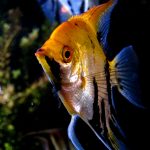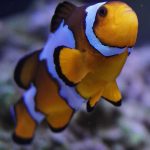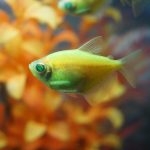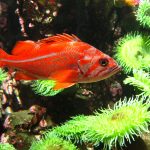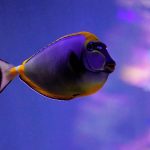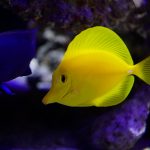The way we see it, one of the core responsibilities to our clients is passing along information to help them better understand aquarium science. One of the more common questions that our clients ask about are the various types of chemical filtration and how they work in closed recirculating systems to promote and protect aquatic animal health. Although there are chemical compounds that be used to provide some types on chemical filtration, it’s important to note that most of these types of filtration are categorized as “chemical filtration” because of the chemical processes they use to remove toxins and other harmful substances from the water. Some of the more common types of chemical filtration we install and maintain in our clients’ systems include:
- UV Sterilization – Ultraviolet radiation sterilizers promote animal health by irradiating and disrupting the genetic material of algae, bacteria and pathogens as they travel through the sterilizer. Although there are several factors that can affect the efficacy of UV sterilization, the bottom line is that this type of chemical filtration helps keep your display attractive, minimizes time spent on scrubbing algae and disrupts pathogens before they get a chance to negatively impact the health of your animals.
- Protein Skimmers – Also called foam fractionators, this type of filtration works due to the chemical process of adsorption. Dissolved organic compounds are attracted to the intrinsic charge on the surface of microbubbles. As the bubbles rise to the collection cup on the skimmer, the dissolved waste, uneaten food and other pollutants rise with them, effectively being removed from the water, along with the bubbles. Normally, you’ll only find foam fractionators on saltwater systems, as the surface tension of bubbles is much greater in saltwater vs. freshwater.
- Activated Carbon – This type of chemical filtration is riddled with tiny pores, which create an incredible amount of surface area on and in each granule of carbon. This promotes adsorption, where toxins, chlorine, chloramines, discoloring tannins and other pollutants are adsorbed and removed from the water. This media periodically needs to be carefully rinsed and replaced to remain effective.
- Polyfilters and Ion-Exchange Resins – Polyfilters are a type of filter pad that can be placed on a system to adsorb specific pollutants like copper, medications, and other impurities. They change color based on the type of impurities they remove. Ion exchange resins comes in many types, shapes and sizes and are formulated to adsorb specific pollutants as nutrients, such as nitrates, phosphates, ammonia and other undesirable contaminants.
There are several other types of chemical filtration that often apply to very specific types of aquaria or are used to target very specific types of unwanted substances. We have listed the most common types our clients are likely to need or want on their life support systems but feel free to ask one of our aquarists for more information.
Knowledgeable, Professional and Reliable Portland Aquarium Maintenance Providers
If you would like to learn more about chemical filtration, how each type works and whether or not your system and animals would benefit, just give us a call at (503) 784-4403 or ask us while we’re working on the system(s) in your home or business. We are always happy to share what we know about aquarium science and believe that the more our clients know, the healthier their systems and animals will be. That is always our primary goal!
